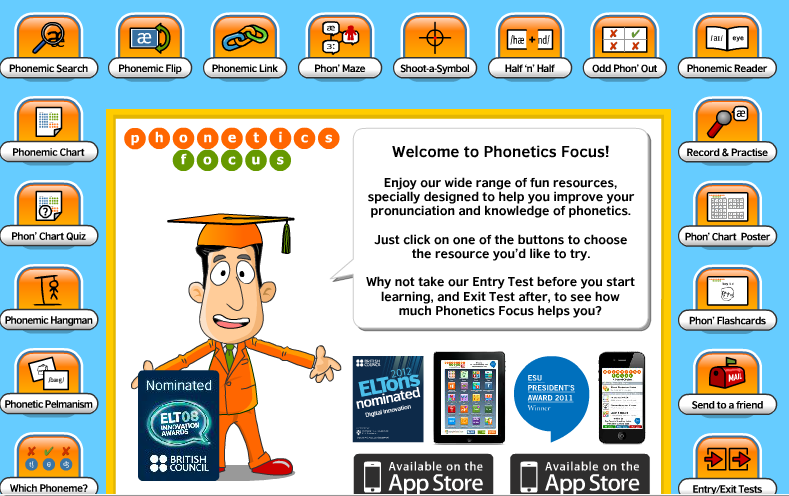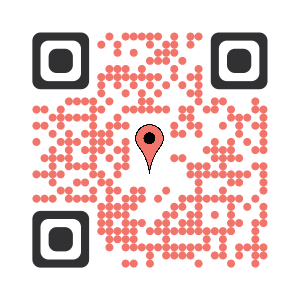Now that you've been practising phonetics for a few weeks, it's time to do some testing in your virtual course.
Start with the Audio Concentration Games
Make sure you do the following tests before taking the real ones in the virtual course.
Test 1 / Test 2Now in pairs you'll try to find the answers to the following riddles. You just need to know phonetics.






+17.34.25.png)











